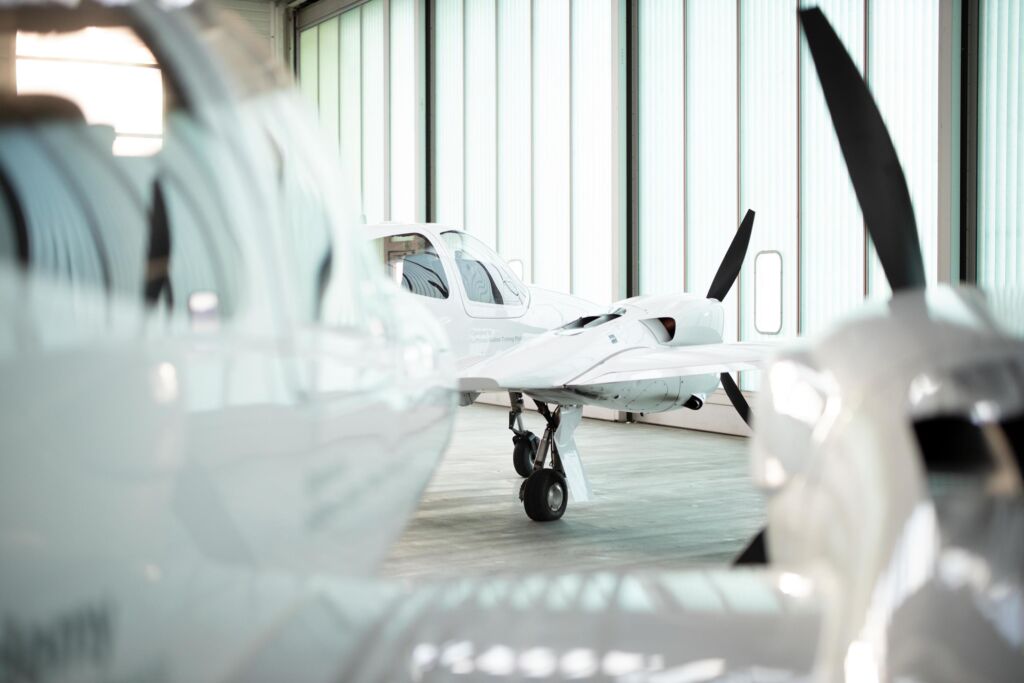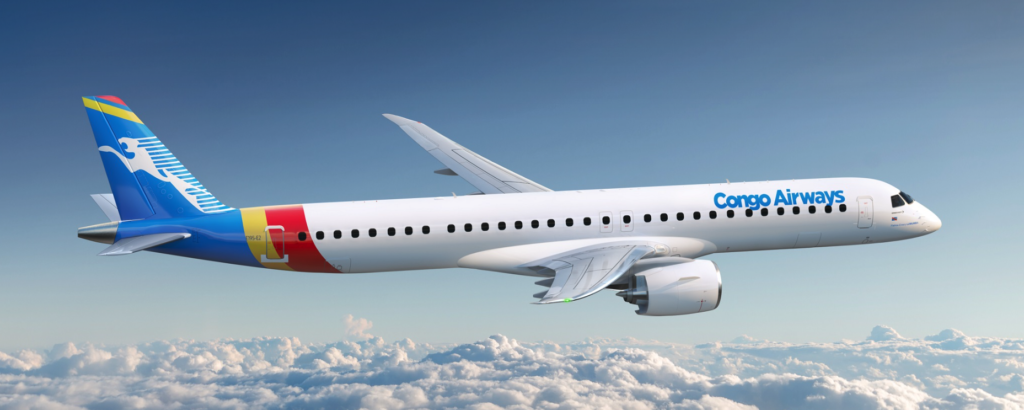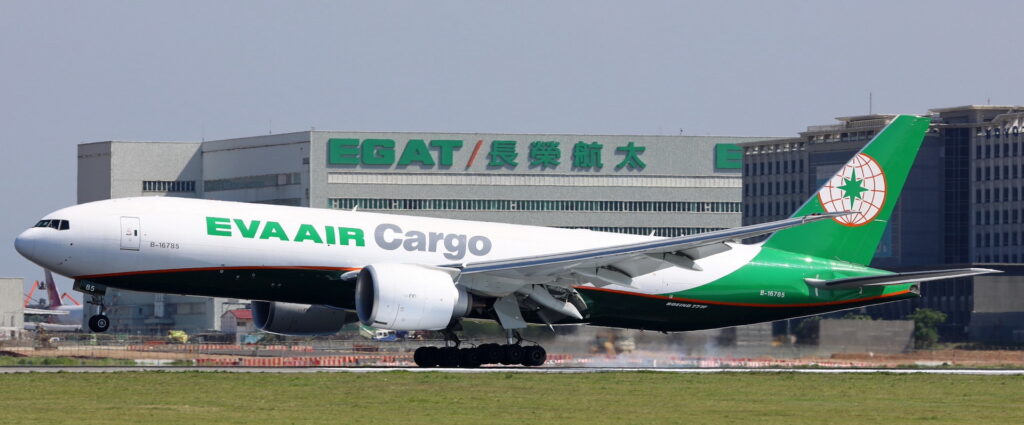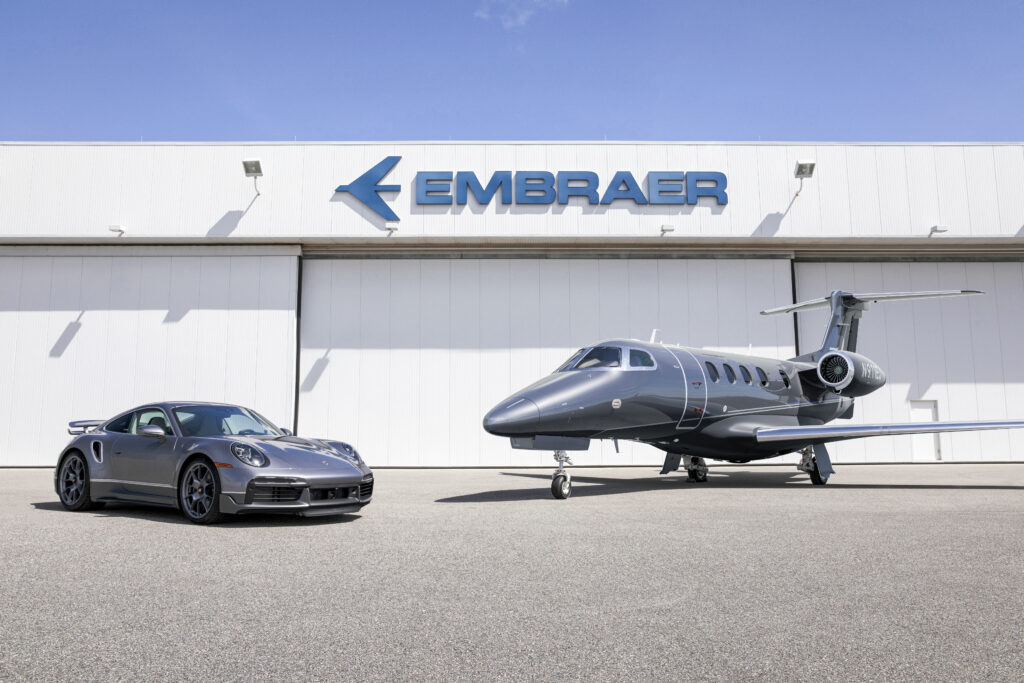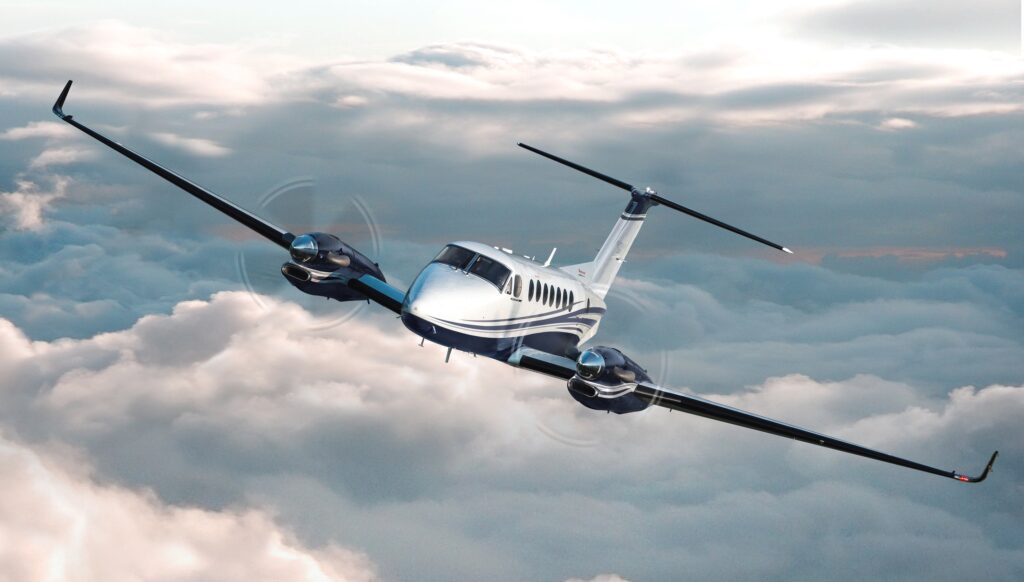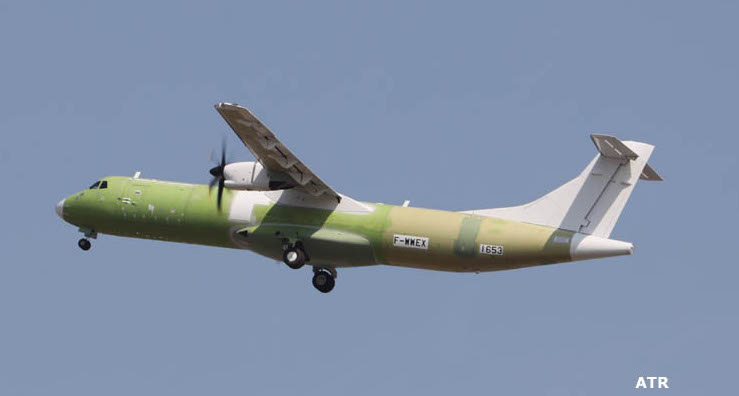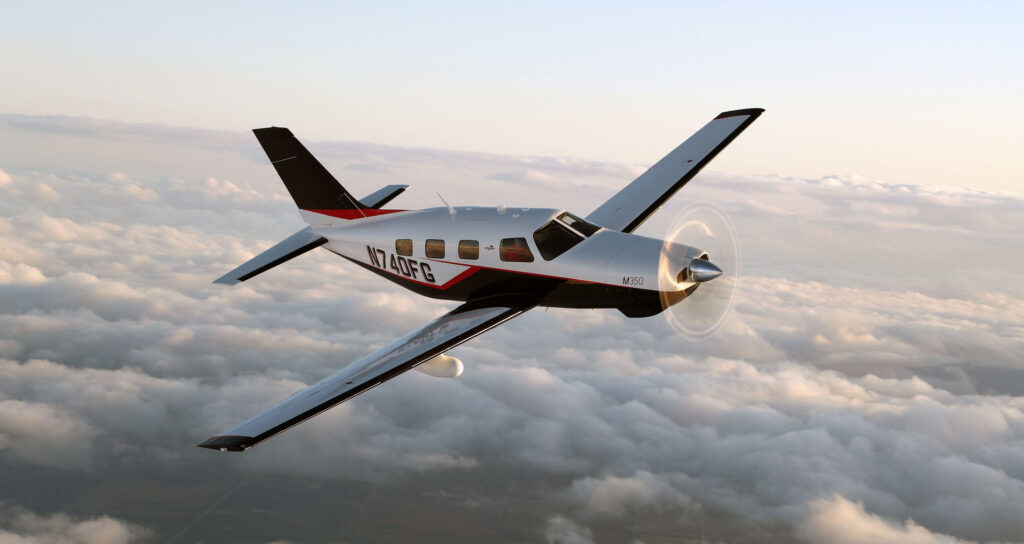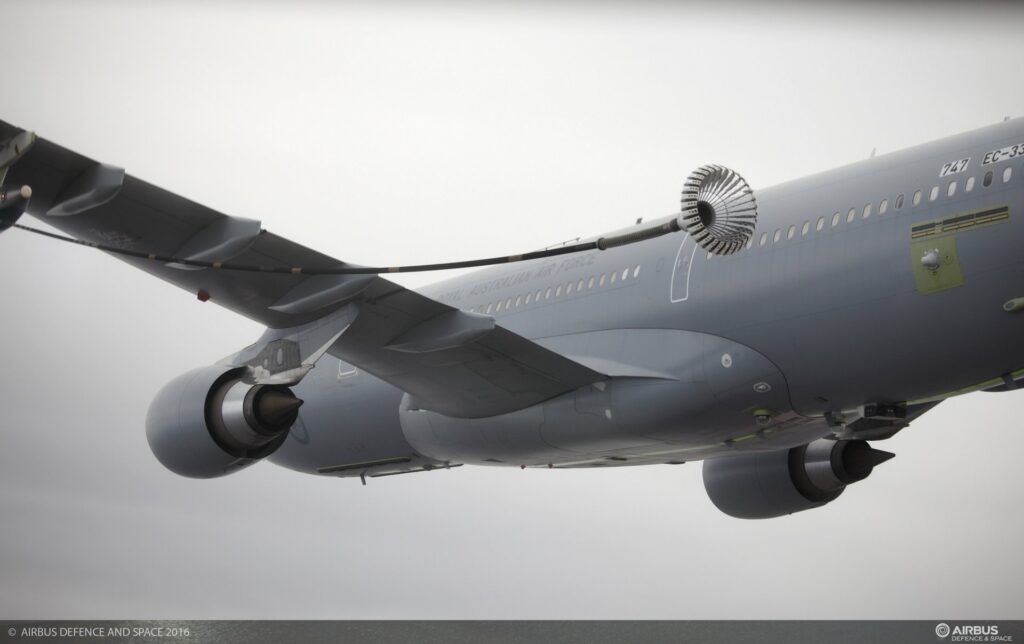Lufthansa Group Streamlines Pilot Training Program within ReNew Framework
The global aviation crisis caused by the pandemic continues to have serious consequences for employees working in the airline industry. As a result, pilot training has also been severely affected by the repercussions of the…
